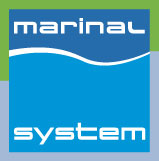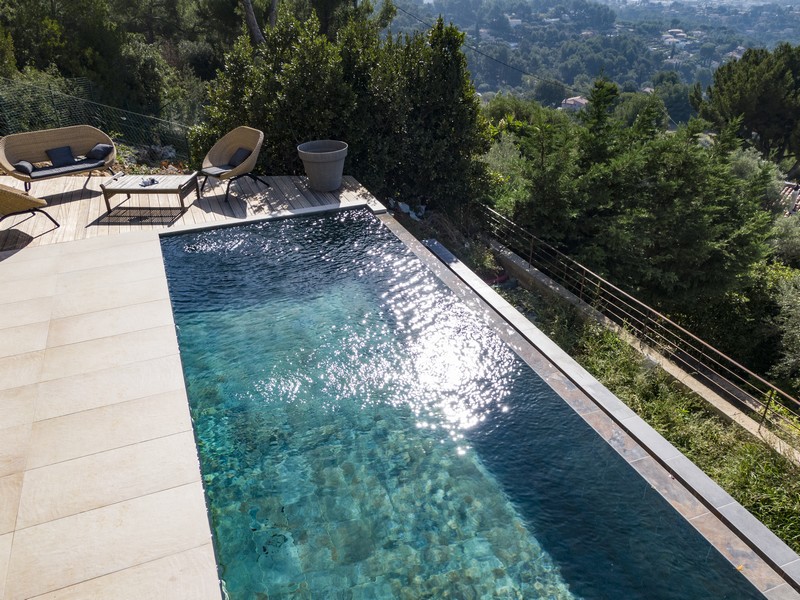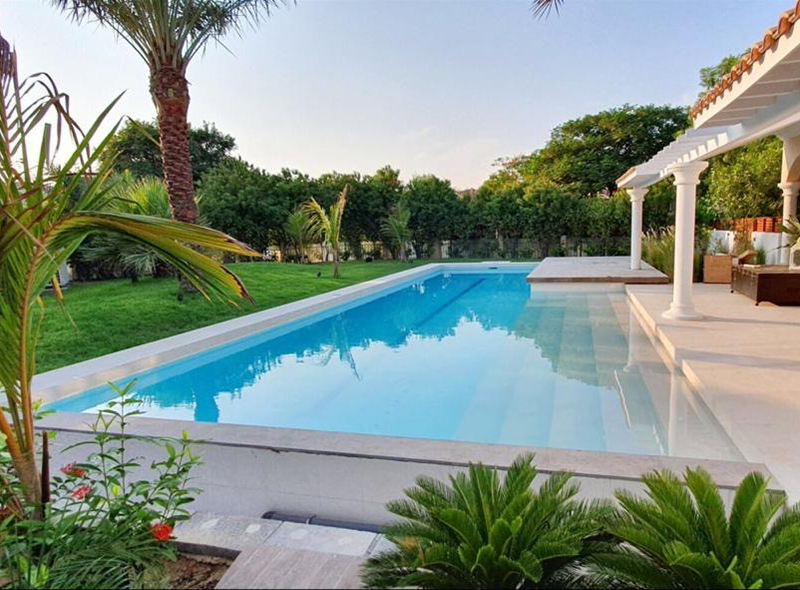WATER TREATMENT
The Marinal System pool water treatment systems
To ensure full hygiene and crystal-clear water in your pool, it is essential to integrate water treatment into your filter system.
Even when cleaned and renewed by filtration, water remains the perfect environment for algae, bacteria and other micro-organisms to develop.
For a clean pool, you can treat your water with chemicals such as chlorine, bromine, PHMB or by using salt electrolysis.
Chlorine
Chlorine-based water treatment is available in liquid and solid form, and will both eliminate bacteria and prevent the build-up of algae. It provides extremely effective disinfection for a low cost. The level of chlorine in your pool’s water must however by controlled according to the pH level of the water. It is the pH of the water that will govern how effectively the chlorine will work. pH testers are readily available wherever you buy your chlorine water treatment products.
For people who are sensitive to chlorine however, bromine is a better option.
Bromine
Bromine works exactly like chlorine, disinfecting your water and preventing the build-up of algae. The effectiveness of bromine is also linked to the pH of your water. The concentrations of bromine to use according to your water’s acidity levels are listed on the product packaging.
While bromine is odourless (unlike chlorine), it is however more irritating to the eyes and skin, and costs more to use.
PHMB
If you would rather avoid chlorine and bromine and instead treat your pool water with PHMB, be aware that this product is effective at eliminating bacteria – but it won’t prevent the build-up of algae. PHMB water treatment is odourless, will not irritate the eyes or skin, and does not require a pH test.
However, it is more expensive that traditional chlorine or bromine products, and requires you to buy a second product to combat algae.
Salt electrolysis
Salt electrolysis uses the electrochemical reaction generated by the electrolyser to treat your water, turning the salt into its constituent elements: sodium and chlorine. This newly released chlorine eliminates bacteria in the water and prevents algae from building up. The salt is then allowed to reform.
Chlorine produced by salt electrolysis does not irritate the eyes or skin, and has no odour. This chlorine does however affect the pH level in the water, which must be constantly controlled and re-established whenever necessary.
Salt electrolysis allows you to treat your water without using chemical products. This offers effective water treatment, but it is relatively expensive and incompatible with rendered pool surfacing, which is commonly used on concrete pools.








